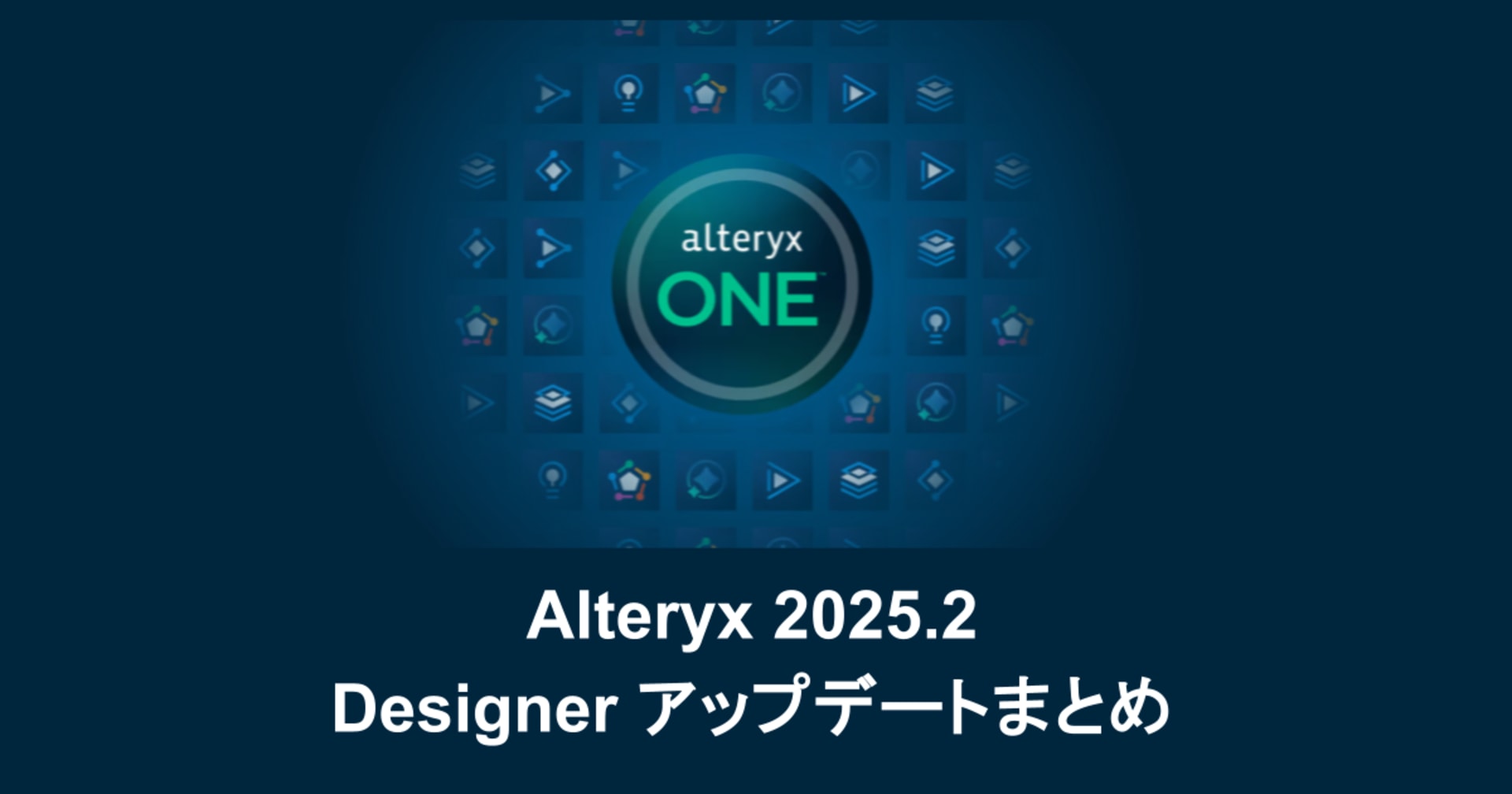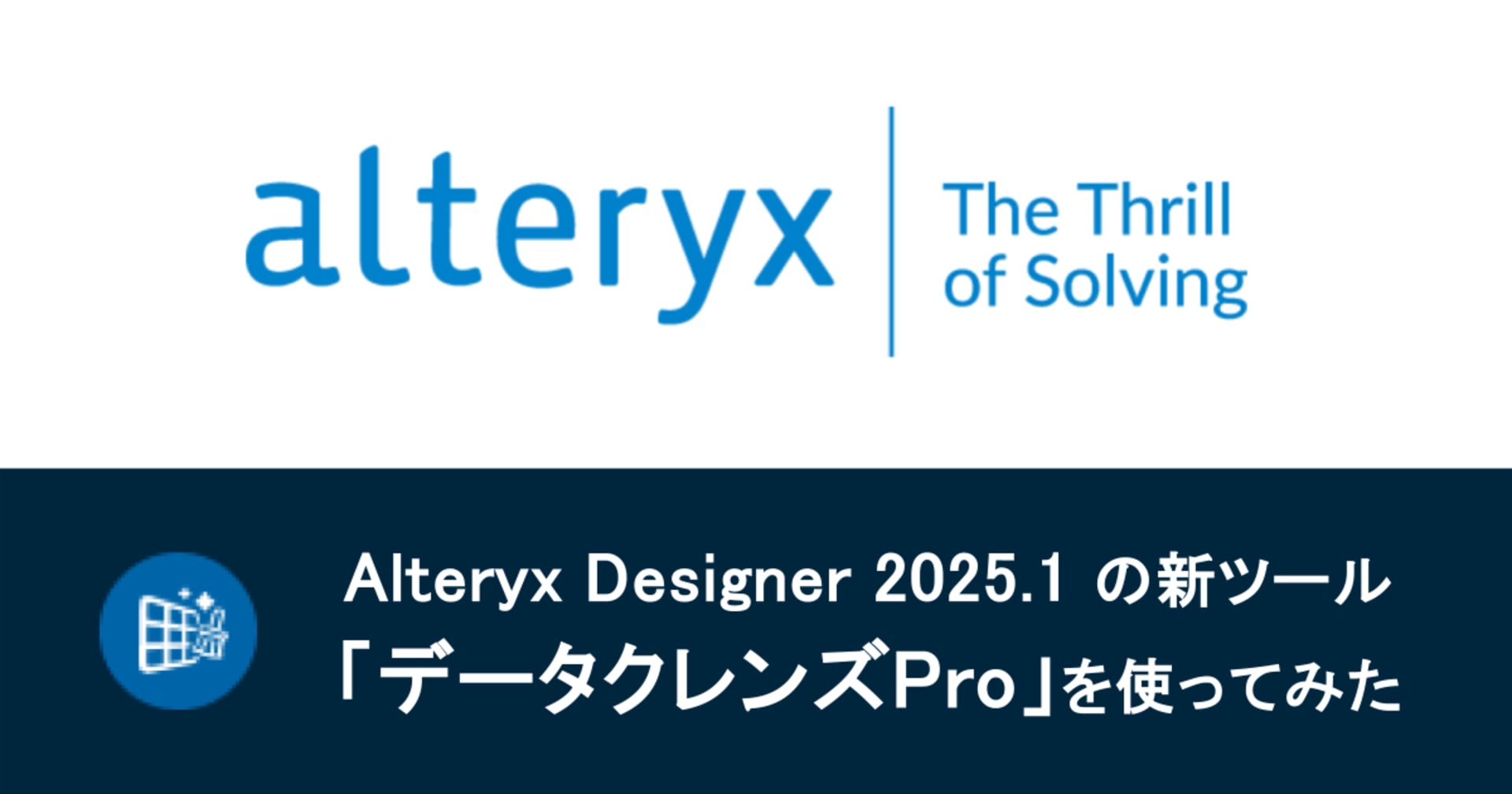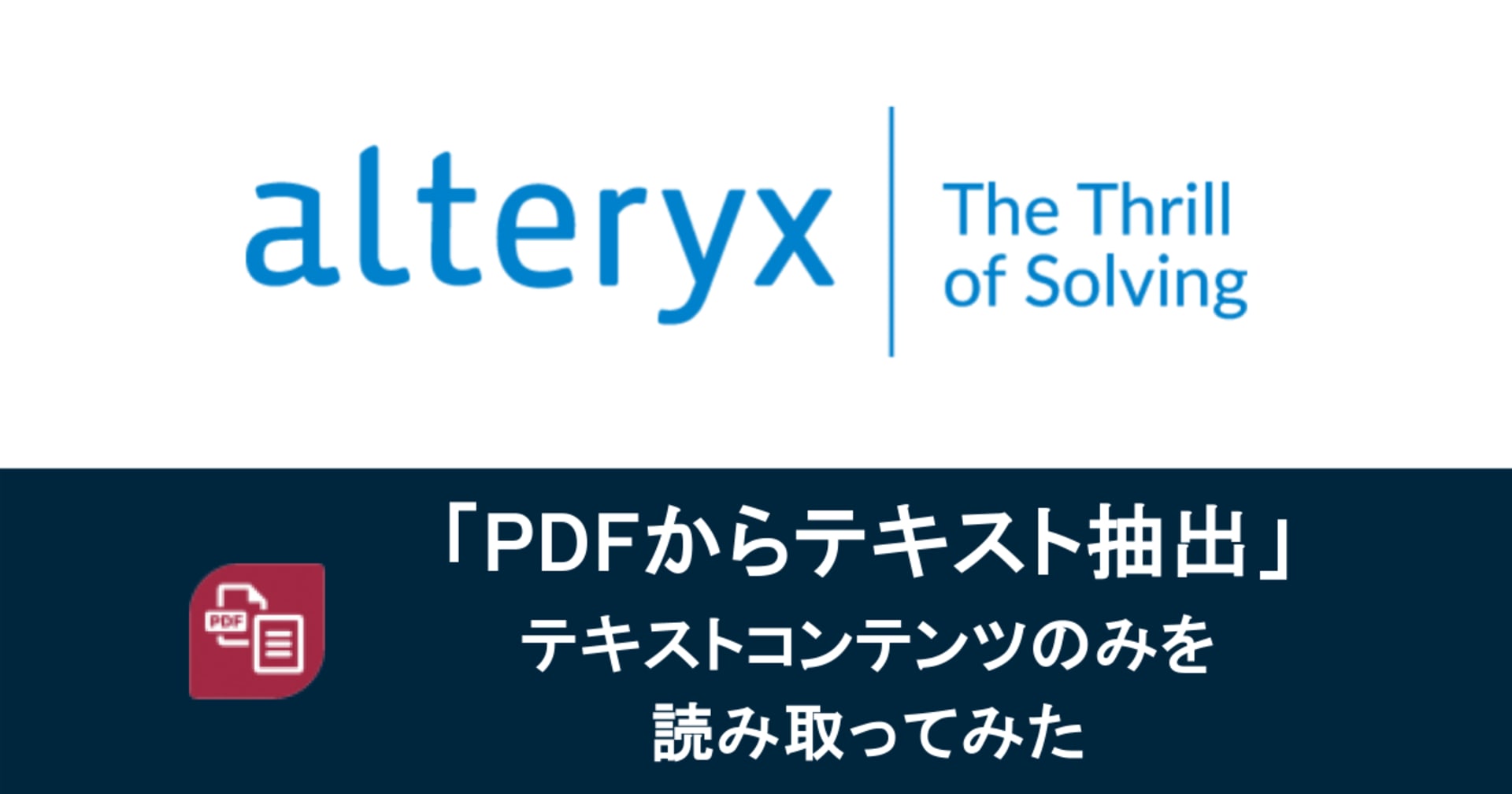
Managing Assets in Alteryx
この記事は公開されてから1年以上経過しています。情報が古い可能性がありますので、ご注意ください。
Introduction:
While using Alteryx designer, users may not be familiar with how to manage its assets, because all the assets (files, data connections etc) are all locally available on the machine they are working on. However, when sharing or scaling up their workflows, on server or gallery etc, they should make sure their workflows work independently without any errors.
What are Workflow Assets?
For a workflow to run smoothly, all the dependencies should be evaluated and made available at the time of execution. Assets can include, but not limited to: input files, images/icons (used in reporting tools), macros, database connections etc. Additionally when using a folder’s path, it should be made available in the new environment where the workflow will be executed.
How to Manage your assets
Sharing Workflows:
When sharing a workflow (file sharing, cloud storage or email etc.) users should package the workflow as shown below.

A popup window will appear where users can choose to lock the workflow, browse the location and group assets by tool as shown below.

If users choose to lock the workflow then it is important to know that, once locked the workflow cannot be opened or edited, it can only be executed. Moreover, the execution permission can be restricticted to selected users by adding their serial number or email address associated with their Alteryx account as shown below.

Finally, if some database connections are being used in the original workflow then shared users will need to duplicate those data connections on their own machine too.
Using Server or Scheduler:
Alteryx persistence layer, which is used to store information related to application files, job queue, result data etc., uses MongoDB for Server and SQLite for Desktop Automation as its default database. The packaged workflow ensures that any macro within the workflow will be passed on to the persistence layer for execution. Additionally, any database connections used in the original workflow should be duplicated for the machine that has Desktop Automation or Server installed on it.
On the Gallery:
For sharing the workflow via gallery (public gallery or private gallery), the workflow needs to be saved from the menu option as shown below.

By choosing the options as shown below, it is possible to share all the assets associated with the workflow.

Summary
It is important to provide underlying assets when sharing a workflow with others. This post describes the various scenarios when sharing workflow with other users.










